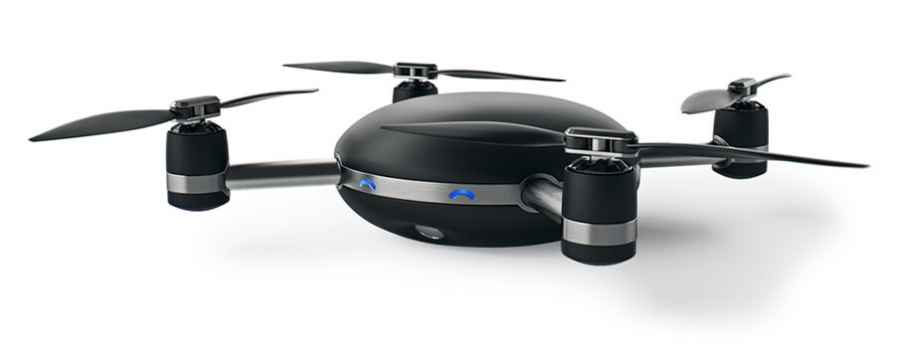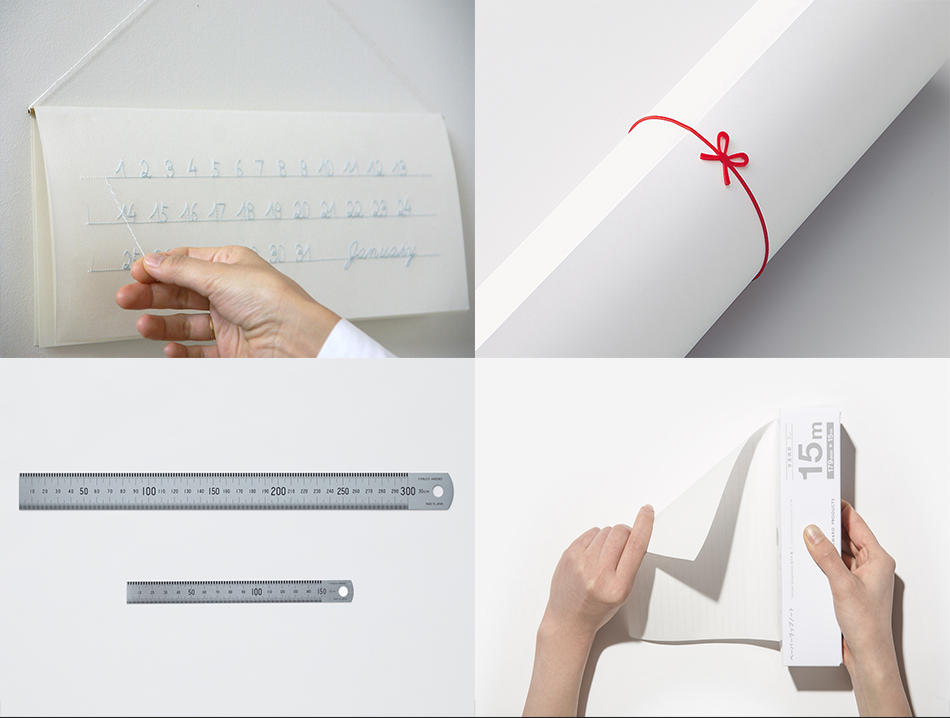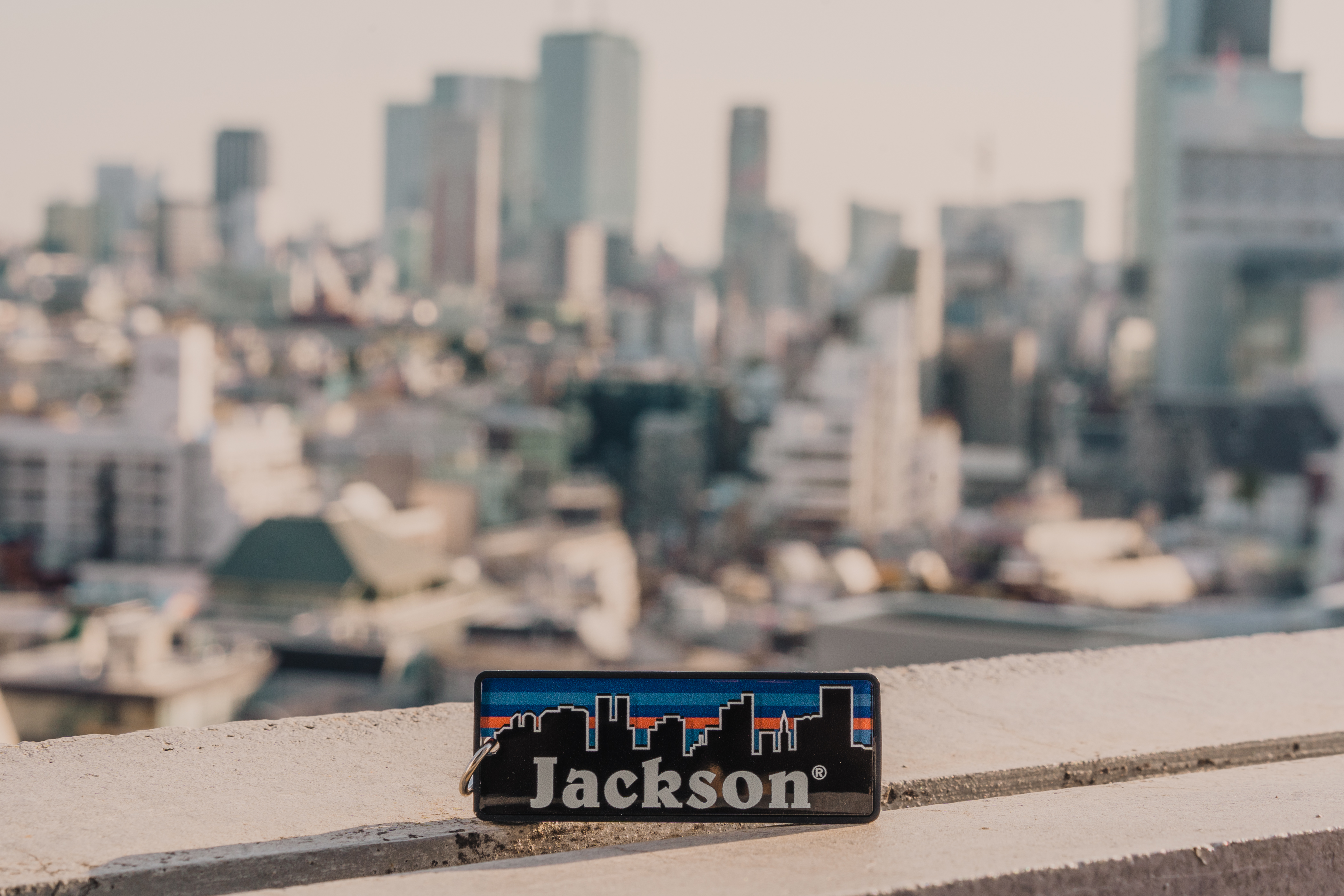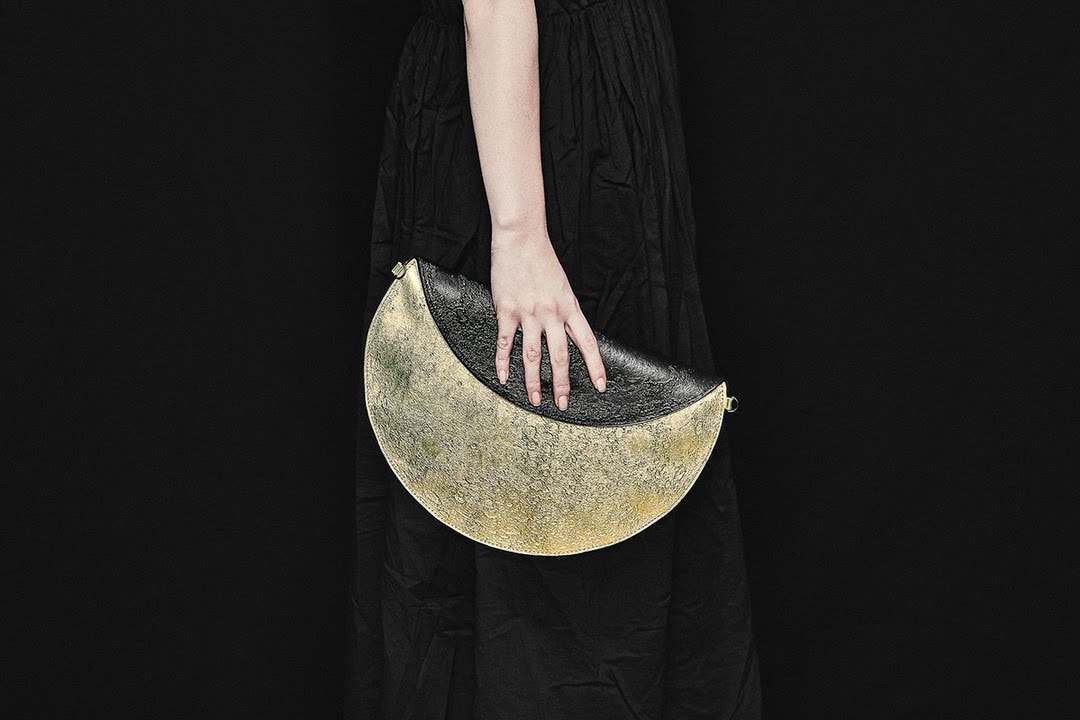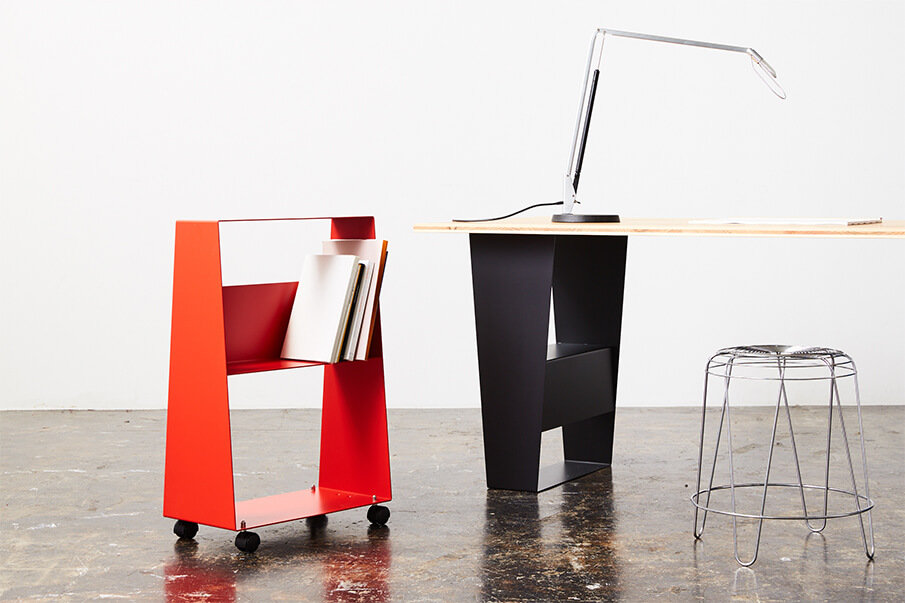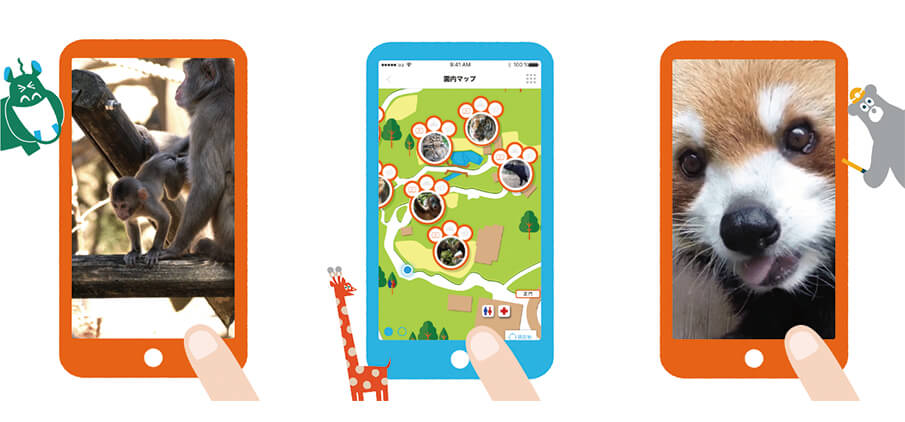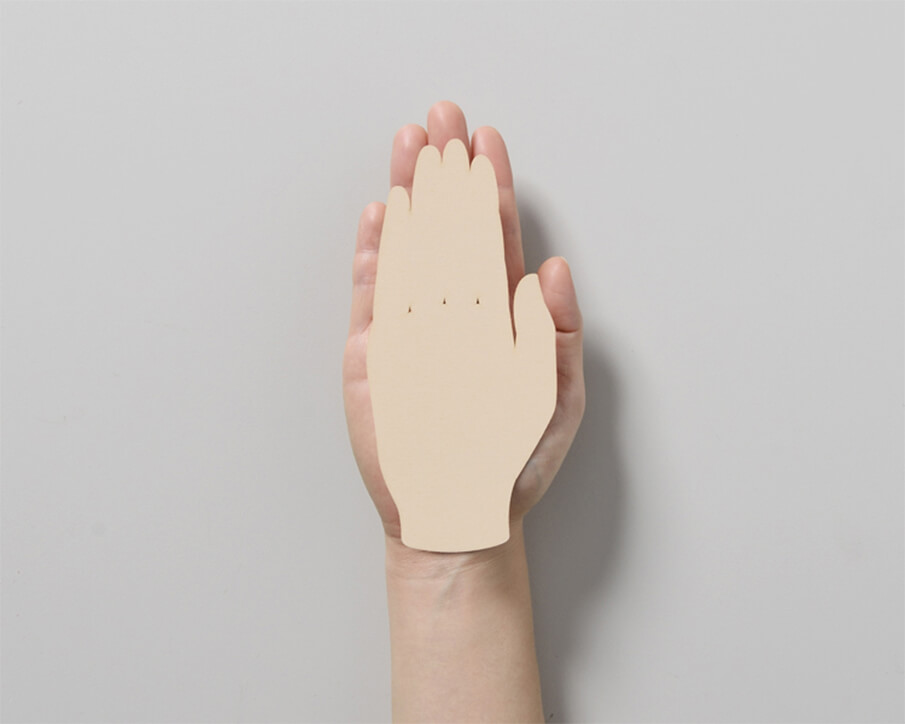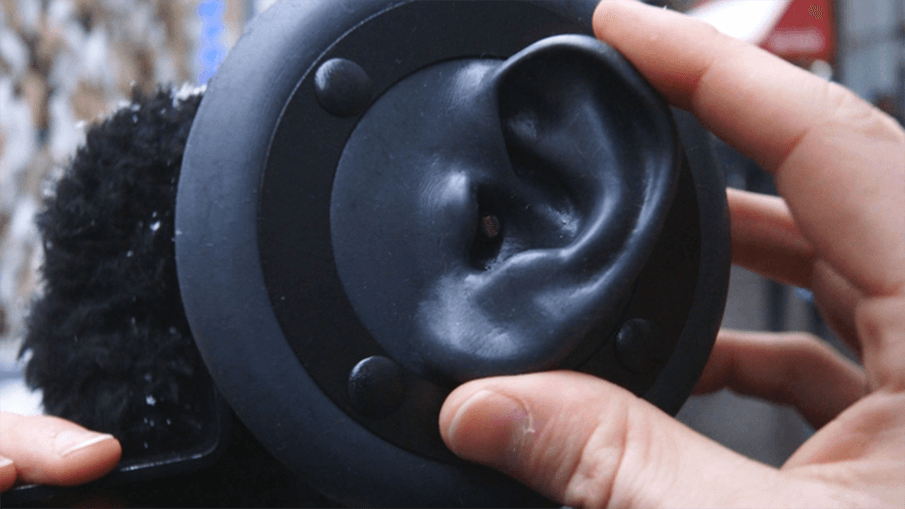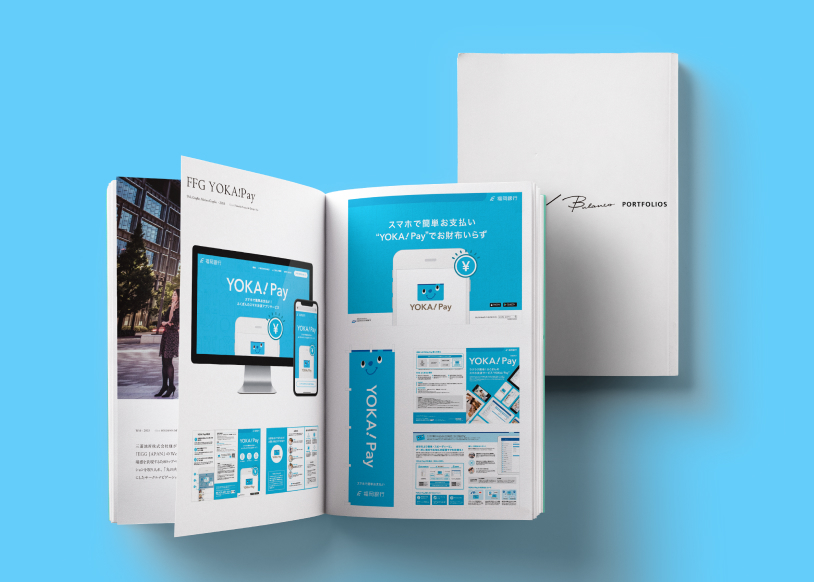Lily, the selfie drone?
Taking a selfie has been something that people have been doing for a very long time. In fact, self-portraits artists painted were one of the first forms of the selfie. These self-portraits started slowly developing during the Renaissance period and gradually started appearing more and more frequent.
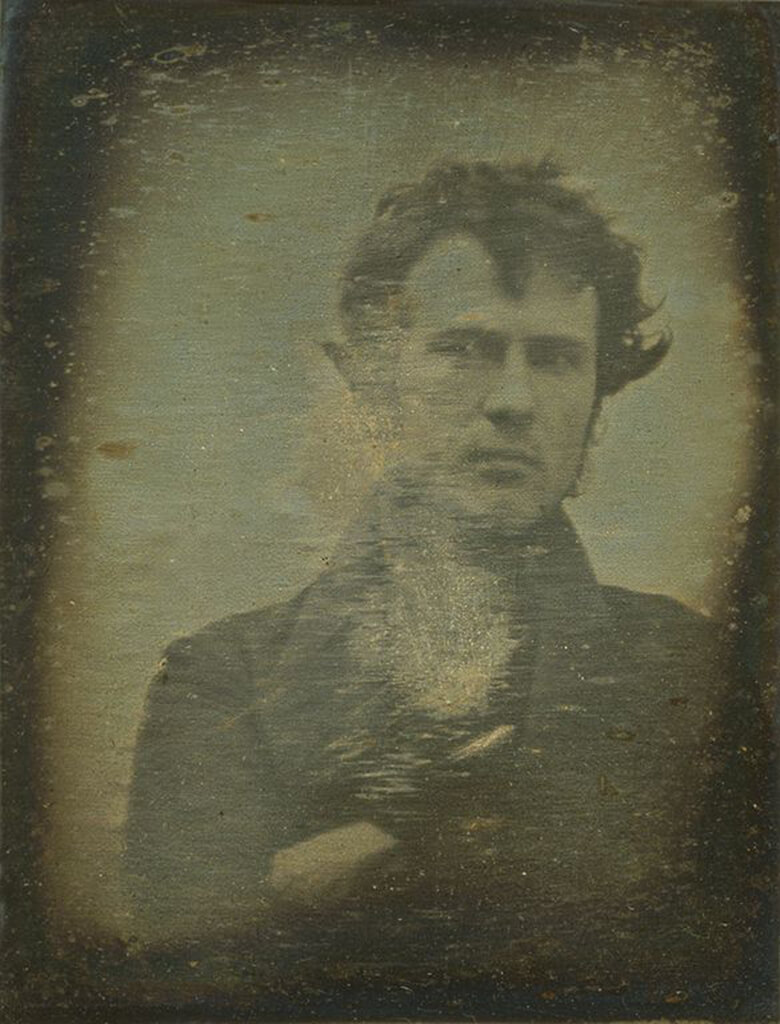
引用元:wikipedia
The first picture to be considered a selfie was the self-portrait of Robert Cornelius, an amateur chemist and photography enthusiast from Philadelphia. He had set his camera up at the back of the family store in 1839 and took the image by removing the lens cap, running into frame, siting still for a minute or more and then quickly covering the lens with the cap again.
The selfies can be seen on almost all social media’s, be it Instagram, Facebook or Twitter. With the selfie stick helping phone users to take better pictures of themselves, and being a danger to others. Some museums and festivals have started banning the use of selfie sticks, because they can hinder the view of others and due to safety reasons. South Korean authorities even banned the unlicensed selfie stick.
A nifty “new” gadget I recently discovered was the Lily Drone. The company started in September 2013 in the basement of a UC Berkeley robotics lab, where the first prototype was built using a Raspberry Pi and an Arduino. It is a consumer drone that can be thrown up in the air and starts following you around as you snowboard or perform other activities. The cool part is that you now can be in the shot as well, instead of showing the first person view that other cameras have to offer.
Though the Lily drone is marketed at skiers, snowboarders, athletes and other active types, it is a fun and new way of taking self-portraits. Though it seems complicated it’s quite easy to use, the owner will wear a tracking device that makes sure that Lily follows them.
To start Lily, the owner will either have to throw her in the air, making her motors kick start once she falls, or have her lift off smoothly from the owners hand. It films you by following you, but it can also loop around you and take picture of the owner and their surroundings.
As amazing as the Lily drone sounds, there are limitations. The battery life only lasts for 20 minutes and because of the waterproof function, you cannot change the battery. There is no obstacle detection, making the Lily drone only able to fly in an open field.
Being able to take selfies while doing a triple-time backflip is a prospect I’m looking forward to, so you might see some awesome photos popping up soon.
We mentioned about video expressions using drone here as well.
If you are interested in, please check it out.

LILY
“Throw-and-Shoot” Camera.


